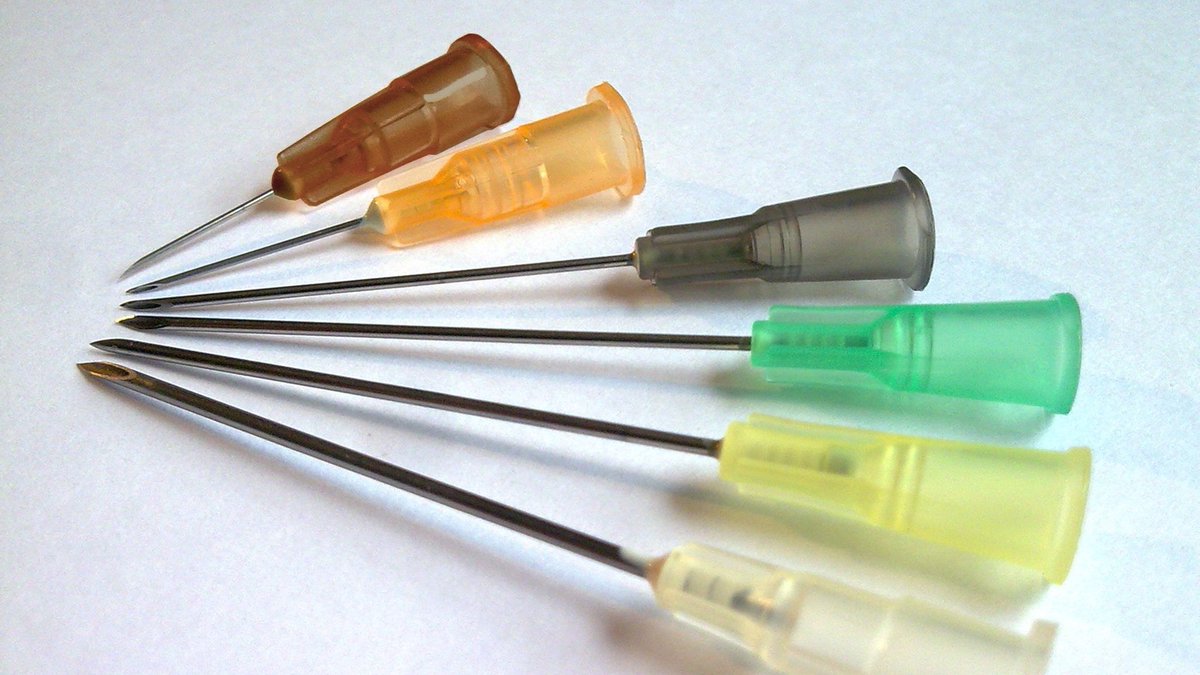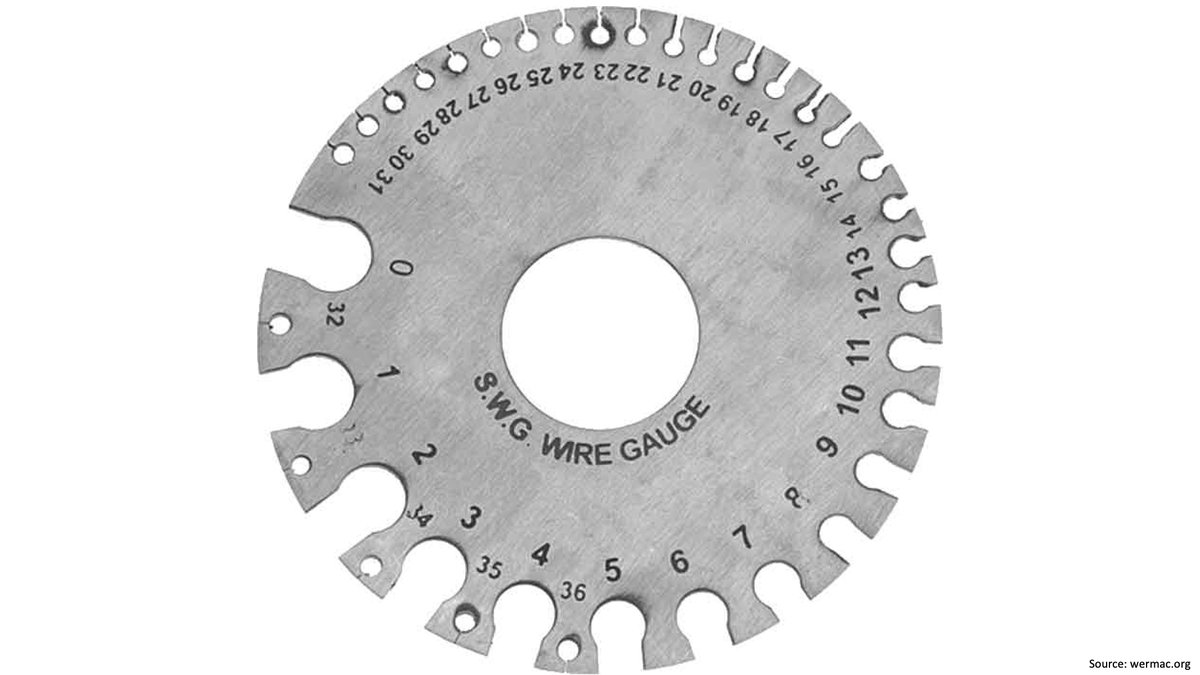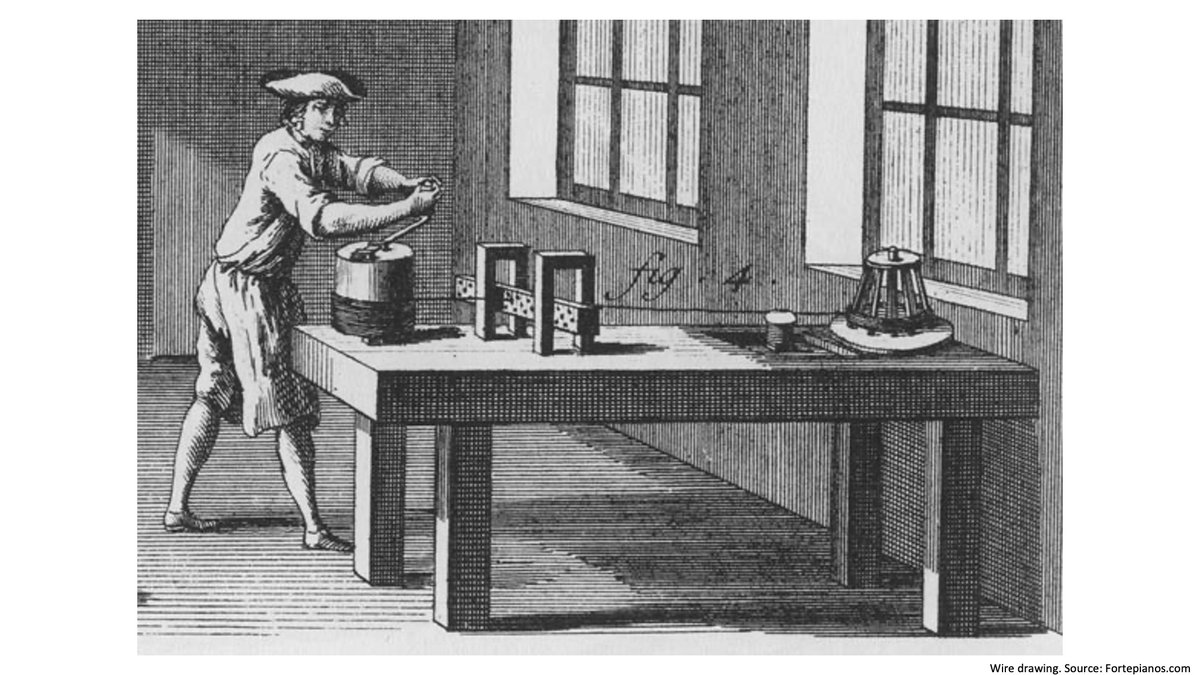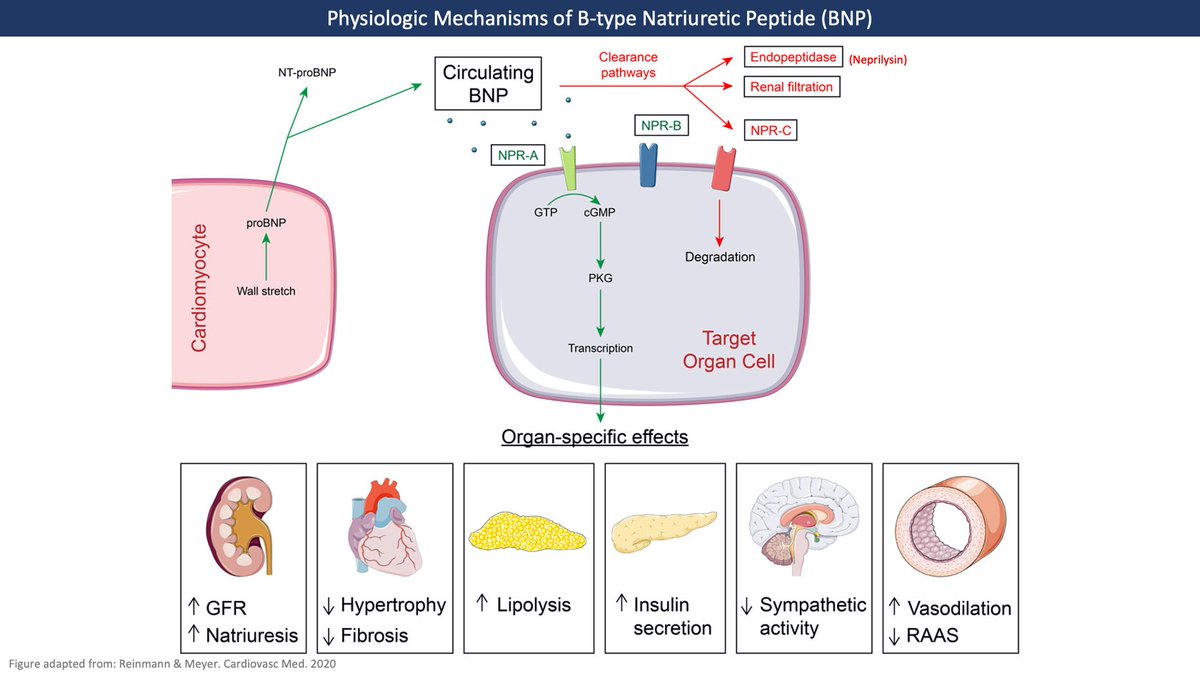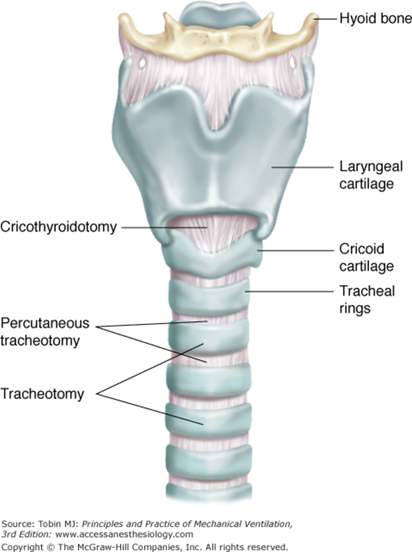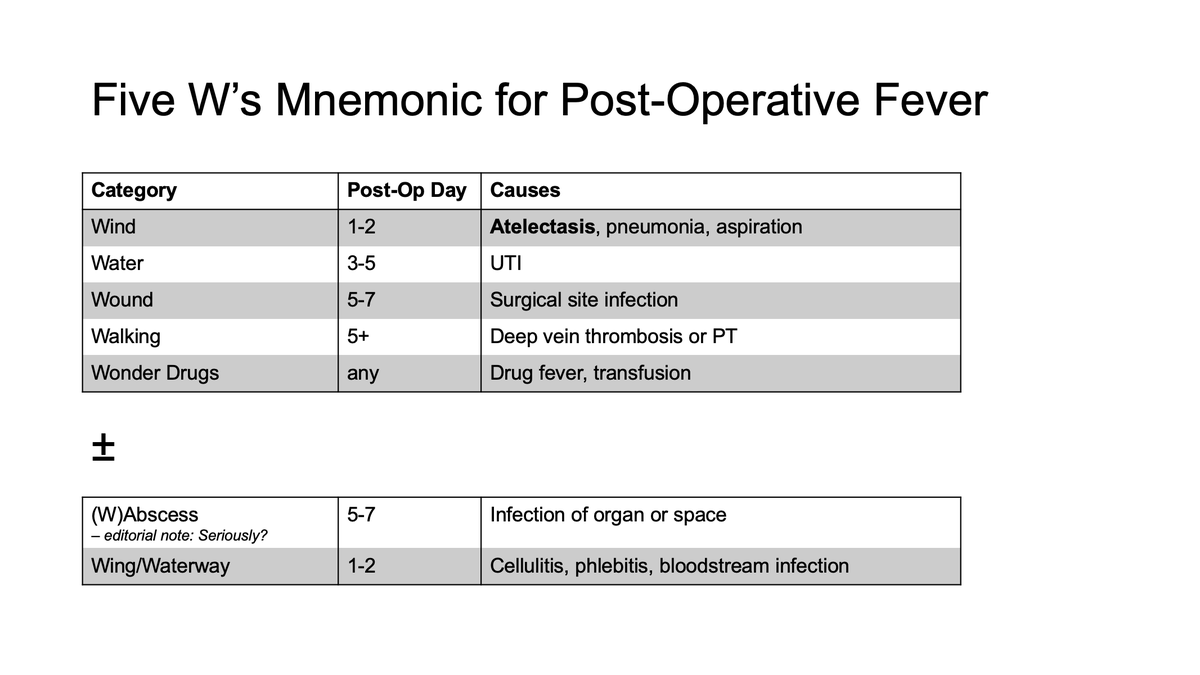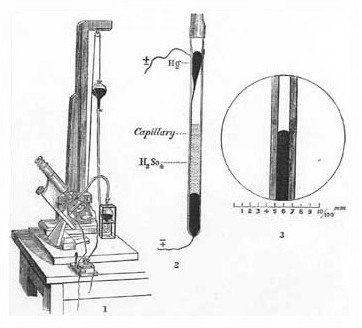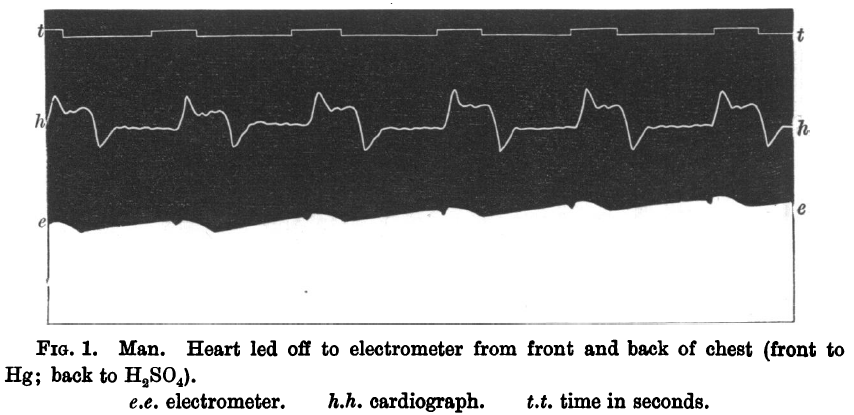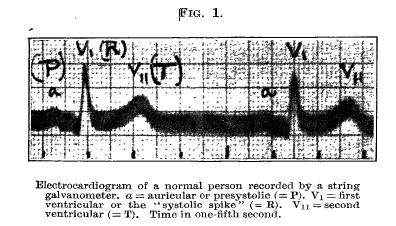
1/ Email inbox got you down?
This thread is designed for new chiefs residents (and faculty!) on a topic I got very little coaching on before my chief resident year: Email Management.
Keep reading for Tyler’s Top 10 email tips!
#TipsForNewChiefs
This thread is designed for new chiefs residents (and faculty!) on a topic I got very little coaching on before my chief resident year: Email Management.
Keep reading for Tyler’s Top 10 email tips!
#TipsForNewChiefs

2/
My transition to chief year was abrupt. I went from being a decent doctor to a crappy administrator overnight. In this new role I went from receiving a few junk emails/day to hundreds of emails at all hours. The following tips are strategies that helped me survive my inbox.
My transition to chief year was abrupt. I went from being a decent doctor to a crappy administrator overnight. In this new role I went from receiving a few junk emails/day to hundreds of emails at all hours. The following tips are strategies that helped me survive my inbox.
3/
1️⃣ Set boundaries.
It's easy to be on your email 24 h/day- but it's okay not to be.
Unless I was chief on call I tried not reply to email past 6pm as that is family time. I also limited checking on weekends and vacation. Setting Do-Not-Disturb and downtime can be helpful.
1️⃣ Set boundaries.
It's easy to be on your email 24 h/day- but it's okay not to be.
Unless I was chief on call I tried not reply to email past 6pm as that is family time. I also limited checking on weekends and vacation. Setting Do-Not-Disturb and downtime can be helpful.

4/
I still try (and continually fail) to abide by these boundaries now. Obviously buy-in from your colleagues is essential. I told my co-chiefs about my desire for boundaries beforehand and was grateful for their support and accountability in keeping them.
I still try (and continually fail) to abide by these boundaries now. Obviously buy-in from your colleagues is essential. I told my co-chiefs about my desire for boundaries beforehand and was grateful for their support and accountability in keeping them.
5/
2️⃣ Turn off notifications.
The constant interruption of beeps and pop-ups can really be distracting and disruptive when you’re focusing on more important work. I highly recommend turning them off and just checking your inbox at pre-defined times.
2️⃣ Turn off notifications.
The constant interruption of beeps and pop-ups can really be distracting and disruptive when you’re focusing on more important work. I highly recommend turning them off and just checking your inbox at pre-defined times.

6/
3️⃣ Avoid the temptation to immediately reply to everything.
It’s important to be timely, but don’t feel you have to reply instantaneously all the time. You’ll be surprised at how many situations resolve themselves if you embargo your reply until the next morning.
3️⃣ Avoid the temptation to immediately reply to everything.
It’s important to be timely, but don’t feel you have to reply instantaneously all the time. You’ll be surprised at how many situations resolve themselves if you embargo your reply until the next morning.
7/
4️⃣ Long emails are a cry for help - try not to respond in kind.
Sometimes the best way to respond to a long email is to pick up the phone and talk to someone. It will save everyone so much time.
4️⃣ Long emails are a cry for help - try not to respond in kind.
Sometimes the best way to respond to a long email is to pick up the phone and talk to someone. It will save everyone so much time.

8/
5️⃣ Stay organized - use folders.
I use my inbox only for emails that I am actively working on. Everything else gets moved to a few organizational folders to avoid clutter and to help in referencing prior emails since the search function in Outlook is abysmal.
5️⃣ Stay organized - use folders.
I use my inbox only for emails that I am actively working on. Everything else gets moved to a few organizational folders to avoid clutter and to help in referencing prior emails since the search function in Outlook is abysmal.

9/
6️⃣ Wish someone would sort the email for you? - Use inbox rules!
Inbox rules allow you to automatically route emails that do not apply to you to the appropriate place, such as the trash. They can be a great time-saver and help keep your inbox clean.
6️⃣ Wish someone would sort the email for you? - Use inbox rules!
Inbox rules allow you to automatically route emails that do not apply to you to the appropriate place, such as the trash. They can be a great time-saver and help keep your inbox clean.

10/
7️⃣ Going to be sending the same email on a recurring basis? - Use templates!
The desktop version of Outlook allows you to use custom template files to easily load an email with correct formatting without having to search, copy/paste, and edit the last email you sent.
7️⃣ Going to be sending the same email on a recurring basis? - Use templates!
The desktop version of Outlook allows you to use custom template files to easily load an email with correct formatting without having to search, copy/paste, and edit the last email you sent.

11/
8️⃣ Going to be emailing groups regularly? - Set up contact lists!
If you find that you regularly email groups that do not have established listservs you can create your own. This saves you from having to manually add everyone and accidentally forgetting someone.
8️⃣ Going to be emailing groups regularly? - Set up contact lists!
If you find that you regularly email groups that do not have established listservs you can create your own. This saves you from having to manually add everyone and accidentally forgetting someone.

12/
9️⃣ Need to remember to follow up on an item? - Use tasks and flags!
If you take an email and drag it to the tasks (clipboard) icon on the bottom left of Outlook, it will automatically create a to-do list item for you to follow up on and allow you to set yourself reminders.
9️⃣ Need to remember to follow up on an item? - Use tasks and flags!
If you take an email and drag it to the tasks (clipboard) icon on the bottom left of Outlook, it will automatically create a to-do list item for you to follow up on and allow you to set yourself reminders.
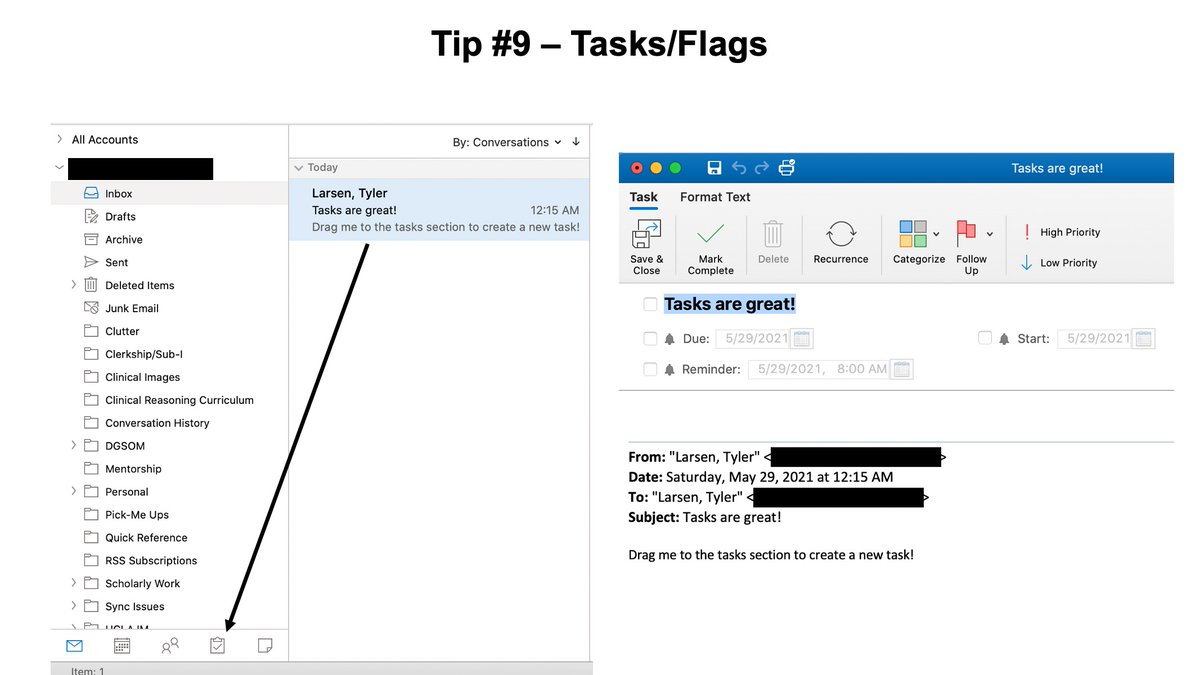
13/
🔟 Need to remind someone else about an item? - Schedule an email reminder!
You can now schedule/delay send emails on both the Outlook web and desktop apps. This is really helpful for reminding busy faculty about the lecture you booked them for months prior.
🔟 Need to remind someone else about an item? - Schedule an email reminder!
You can now schedule/delay send emails on both the Outlook web and desktop apps. This is really helpful for reminding busy faculty about the lecture you booked them for months prior.

14/
If I had to summarize I would say effective email management comes down to 3 things:
💌 Boundaries
💌 Organization
💌 Working smarter, not harder.
If I had to summarize I would say effective email management comes down to 3 things:
💌 Boundaries
💌 Organization
💌 Working smarter, not harder.
15/
A huge thanks goes to my former @uclaimchiefs colleagues @LizzieAbyMD and @jmjones204 who helped inspire some of these tips/tricks, as well as email super-user and all-around bad-ass @kelleychuang who taught me the way of email folder organization!
A huge thanks goes to my former @uclaimchiefs colleagues @LizzieAbyMD and @jmjones204 who helped inspire some of these tips/tricks, as well as email super-user and all-around bad-ass @kelleychuang who taught me the way of email folder organization!
16/
Lastly, these tips are based on my personal experience and may not work for everyone. I am sure there are many others who would have different advice. What pointers would other #MedTwitter folks share for rising chiefs and faculty with regard to email?
Lastly, these tips are based on my personal experience and may not work for everyone. I am sure there are many others who would have different advice. What pointers would other #MedTwitter folks share for rising chiefs and faculty with regard to email?
• • •
Missing some Tweet in this thread? You can try to
force a refresh



